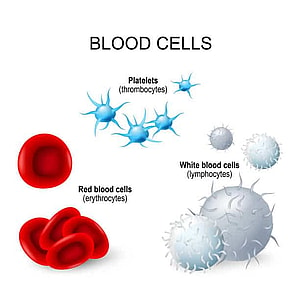
...as low levels of oxygen in the blood, the strain on the heart, and damage to the lungs.[1] A blood clot is the most common cause of blockage.[2] Blood clots...

...between the different layers of the artery wall. A blood clot can form and lead to a stroke as blood builds up. Coagulopathies Though uncommon, specific blood clotting problems, where...

...This is a blockage within a blood vessel that supplies part of the brain. Coronary thrombosis: This is a blood clot within a blood vessel of the heart that can...

...with blood type A will be either A-positive or A-negative. This blood type will determine which blood is safe for the patient. Patients with blood type A can only receive...

...move blood using its different chambers, the blood becomes stagnant and this encourages the formation of blood clots. DVT, on the other hand, is a kind of blood clotting disorder...

...blood clotting. Treatment Treatment of hemophilia depends on the ability of the blood to clot. People whose blood has some ability to clot may receive an injection to improve blood...

...the surface of the atheroma and interrupt blood flow. A blood clot that forms in a coronary artery is called a coronary thrombus.[1] If a blood clot forms, angina can...

...a complete blood count. Read more about a complete blood count » White blood cell count FAQs Q: What is a healthy white blood cell (WBC) count? A: For an adult, a...

...occur because the body produces too much of the protein that makes the blood clot or coagulate. This means your blood tends to clot more readily than it should, which...

...clot. However, in some cases, the body does not reabsorb blood clots. There are also times when these clots form despite the absence of injury or bleeding. The condition is...










